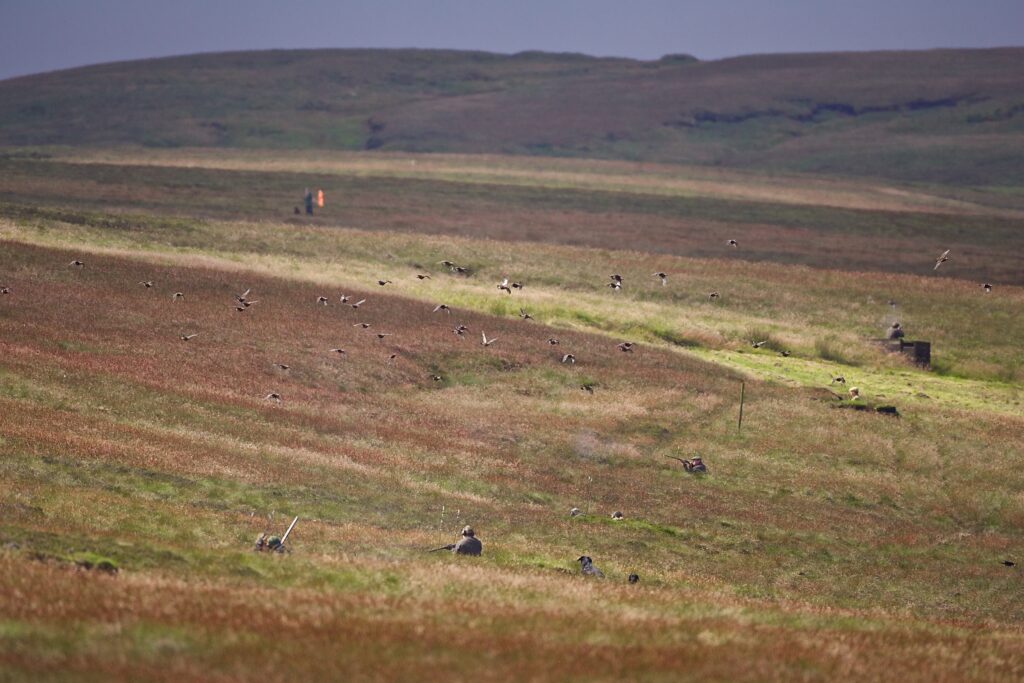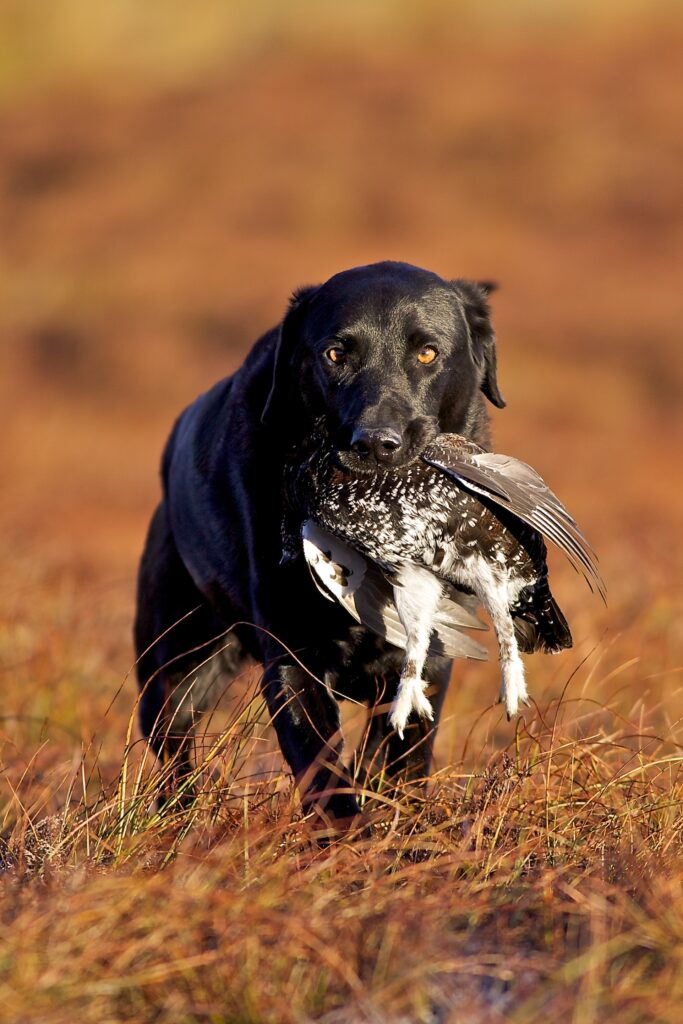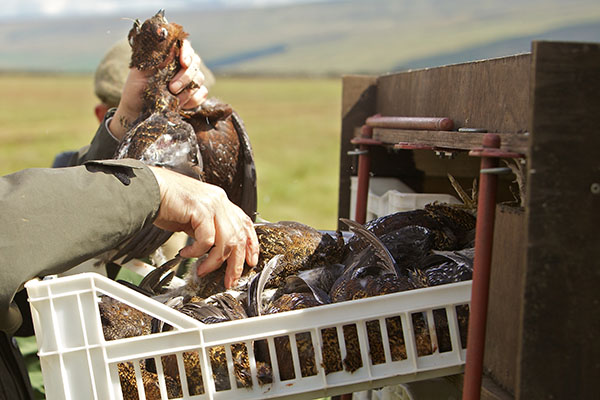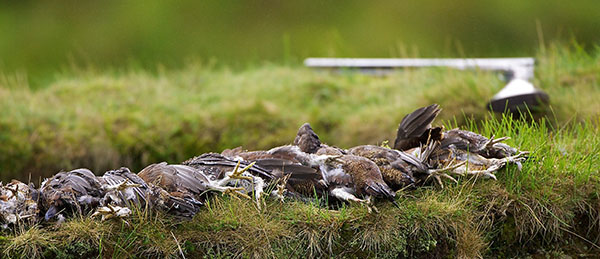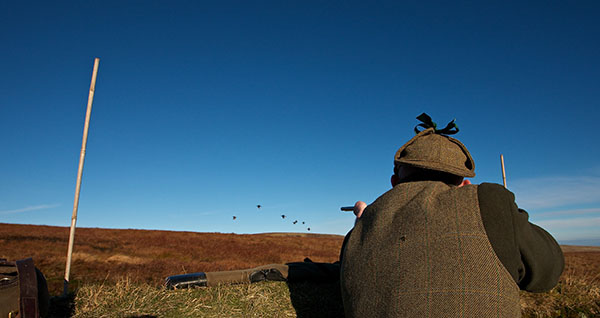

The wild red grouse is only found on heather moorland in parts of the uk, it is unique found nowhere else in the world.
Gamekeepers are employed to manage the moors, their job is to catch preditors such as foxes, stoats and crows and manage the heather. Heather is the main diet of grouse. The old heather is burnt, this allows new growth of heather and other plants to flourish for the grouse to feed on.
Many other birds also benefit by managing the uplands in this way.
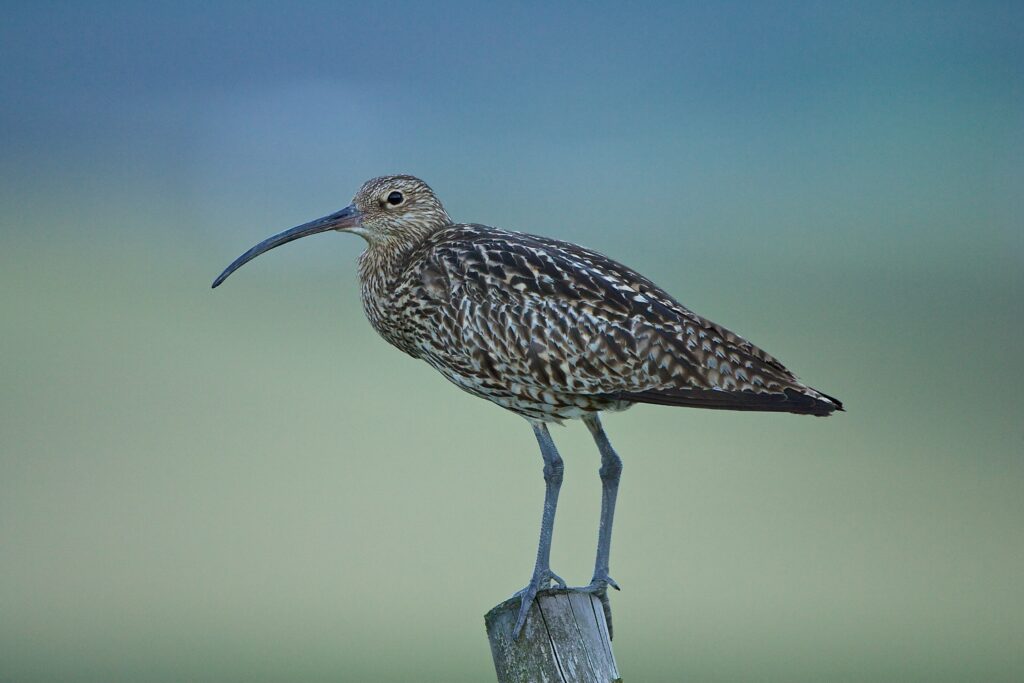
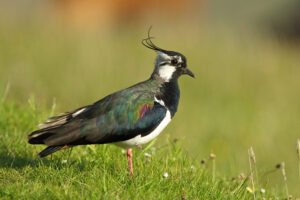
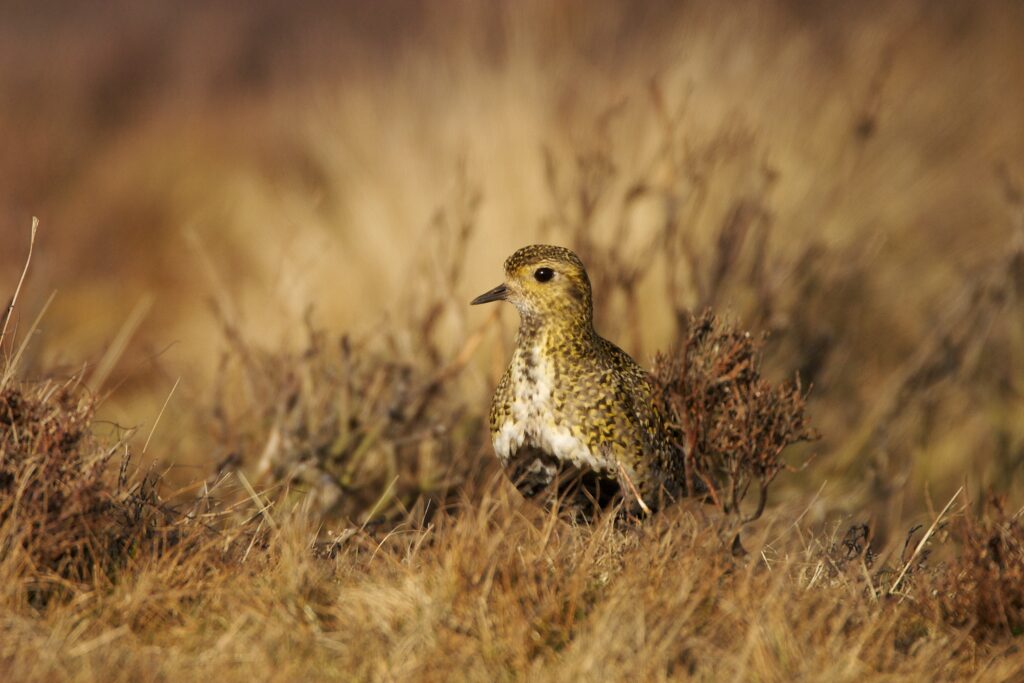
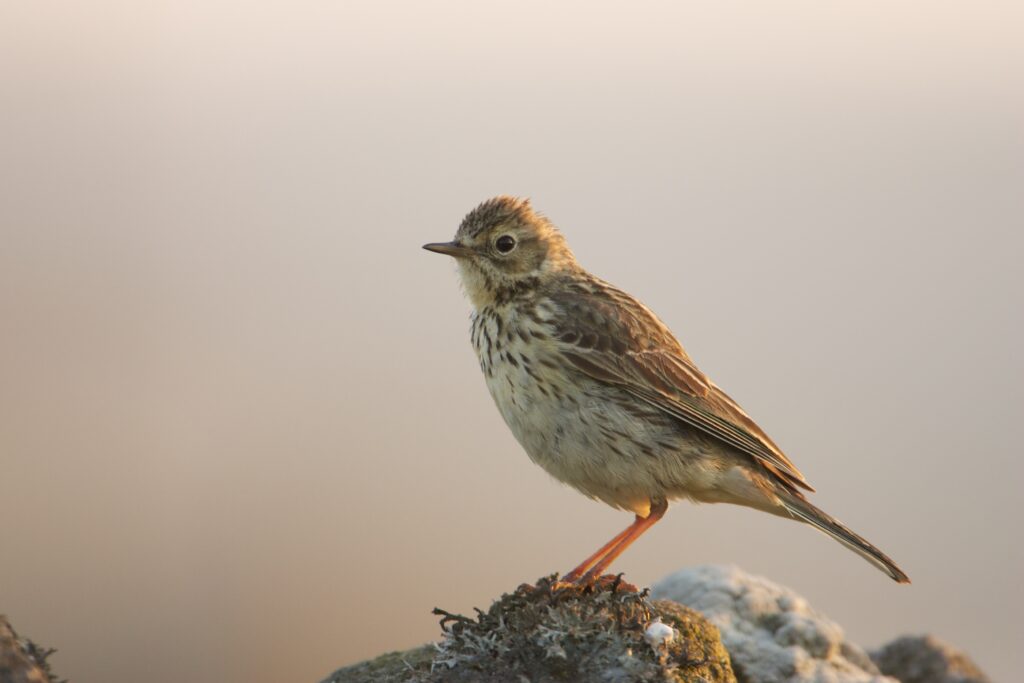
In Yorkshire Grouse start nesting in mid-april laying on average 8-10 eggs they sit for approximately 23 days. By mid-may young grouse are starting to be seen not all the eggs hatch and not all the young survive – heavy rain and cold weather at this time can have a large impact on brood size.
The grouse mature very quickly.
From late July the grouse are counted to determine shooting numbers while ensuring a sustainable population with a healthy stock left for the following spring.
On the 12th August the grouse shooting season begins
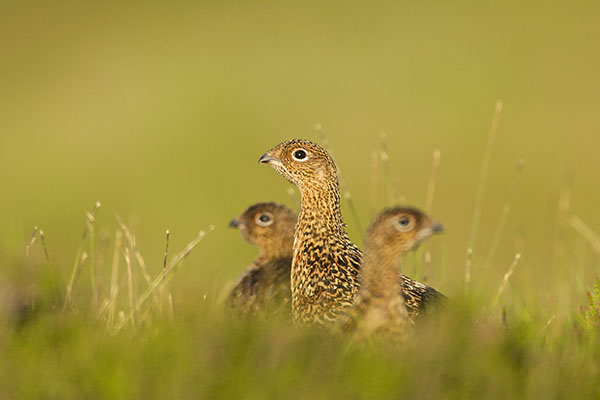
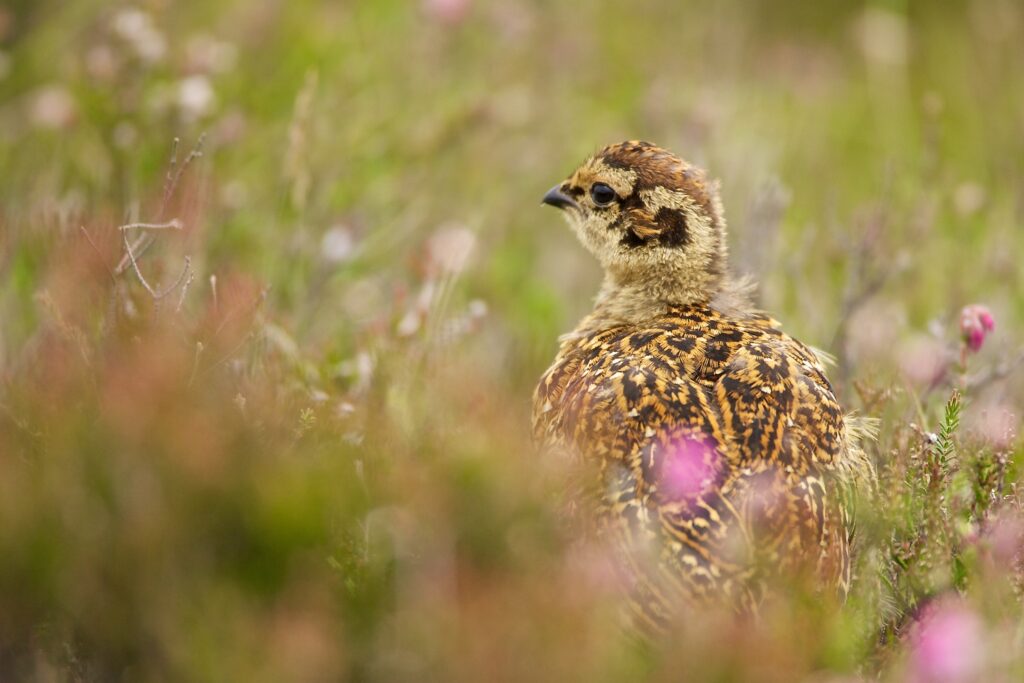
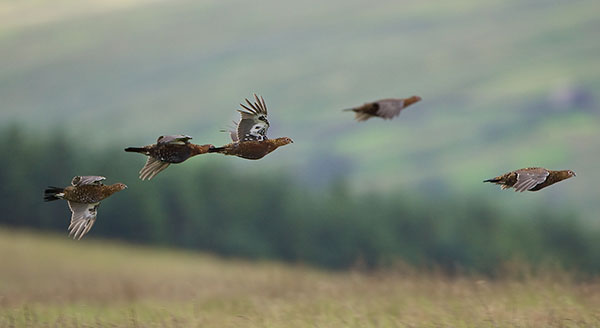
Guns and beaters will meet at approximately 9am. Usually between eight and ten guns shoot standing in a line of grouse butts, a butt is usually built from stone with a sod on the top (sod meaning heather or grass turf).
Beaters drive the grouse towards the butts where they can be shot at, retrieving dogs then pick up the grouse once the drive is over.
There would be between four and six drives on a normal day. The bag size varies on individual moors, a hundred brace being a good day.
At the end of the day the grouse are hung in the game larder on the estate to await collection by the local game dealer.
